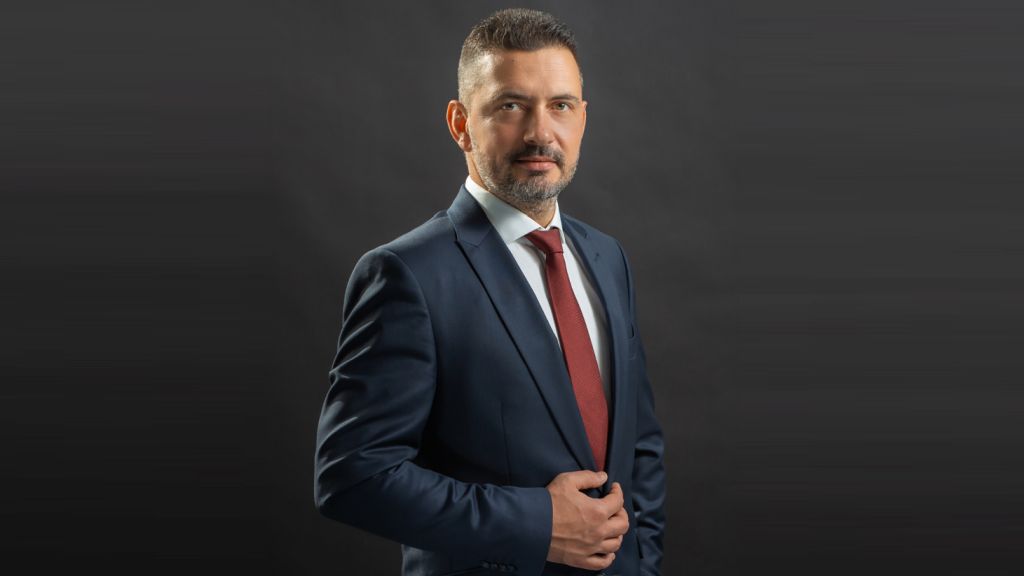In order to help the applicants who are now considering this approach for the first time or those with some more experience with these types of projects, we synthesized here the elements we consider to be the most important.
1. Available source of co-financing
Even if most funding lines do not require proof of co-financing at the time of submitting the project but before signing the grant agreement, it is absolutely vital for the applicant to know whether it has an in-house source of co-financing (eg, unpaid profit), or an attracted source (eg bank, IFN).
Before signing the grant agreement, the applicant must either have in their account the necessary co-financing amount (an IFN may grant short-term loans at a relatively high cost) or submit a credit agreement. Subsequently, after signing the grant agreement, the beneficiary may use the bank loan or may discuss with potential suppliers to accept the payment within 60-90 days of the delivery of the equipment when the beneficiary collects from the Contracting Authority.
2. The intravilan land, free of duties
The land situation at the time of submitting the project is very important. Firstly, the applicant must have a real right to land, have at least 10 years of superficial rights or a concession from a public authority; on the basis of a lease, it is no longer possible to build, given the changes to Law 50/1991.
The land can not be mortgaged, it must be free of duties and must be intravilan. A land for which an Area Town Planinng (in Romanian: PUZ - Plan Urbanistic Zonal) is required through the Town Planning Certificate is not eligible, because a PUZ lasts for at least 6 months, and without the PUZ the Environmental Decision, another document binding upon submission, is not received.
3. Correct feasibility study (HG 907/2017)
For a construction project, the applicant must submit a feasibility study under HG 907/2014. In this case, it is extremely important for the architect to have similar works in the portfolio. For example, if you want to finance a hotel, that architect must have designed at least 2-3 hotels. It is very important to assume a deadline for delivery of the documentation and a deadline for obtaining approvals as there are financing lines, as it is the case with the ROP 2.2 or the State Aid Scheme (GD 807/2014), where the first-come-first-served principle applies. Preferably, the feasibility study and all documentation will be prepared at the moment of the opening session is announced to be then uploaded to MYSMIS-POR or submitted as paper-based in the case of state aid schemes.
4. Administrative and scoring grids
It is absolutely vital for the applicant to know from the start what documents the company has to prepare and make in due time, within the deadlines agreed with the consultant, so that the business plan and the application for funding is finalized before the opening of the session. It is essential for the applicant to provide the documents in advance, by allocating a person dedicated to the project and organizing at least two interim meetings to check the status of the project.
It is vital that the required documents are not missing as otherwise the project is rejected from the start. In the next step it is important to know what is the best score the company can achieve, usually based on the indicators for the previous fiscal year, the forecasts, but also on the company's experience in the field for which they request funding.
Bringing it all together
All four of the success factors mentioned here are extremely relevant for companies that have investment projects of at least EUR 1.5 million for the period of time between 2020 and 2023 receive a maximum of 70% non-reimbursable funds on the POR 2.2. The grant is of minimum EUR 1 million and maximum EUR 5 million. Bucharest and Ilfov are excluded from funding, and the Western Region receives a maximum of 55% non-reimbursable funds. Projects are approved according to the "FIRST COME, FIRST SERVED" principle, and companies that receive at least 75 points go directly to contracting.
Companies interested to find out if they are eligible for this grant should send the company's unique registration code (CUI) and a summary of the investment project by email at roxana.mircea@fonduri-europene.tel or call 0755.046.434.






























